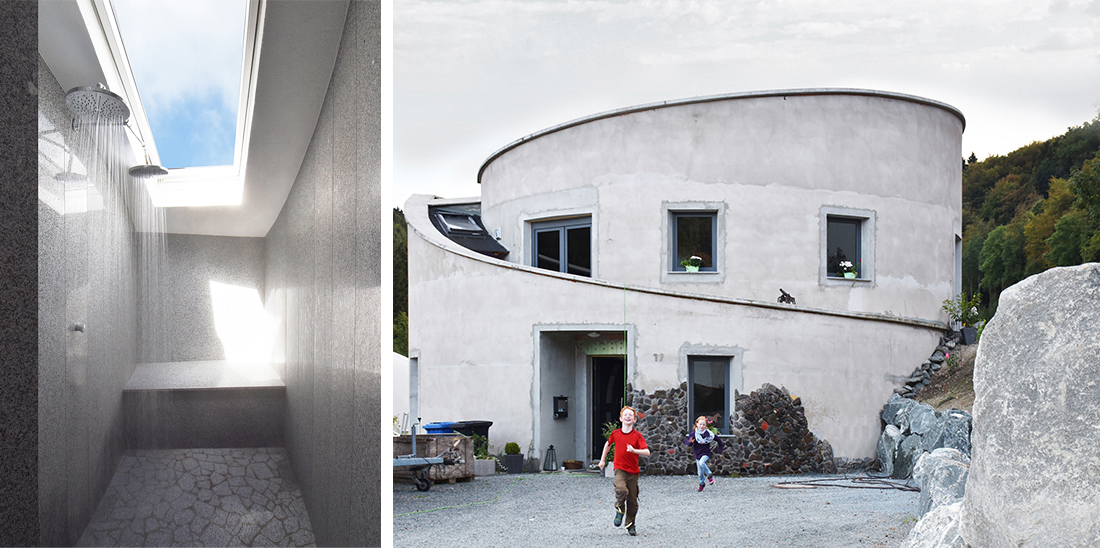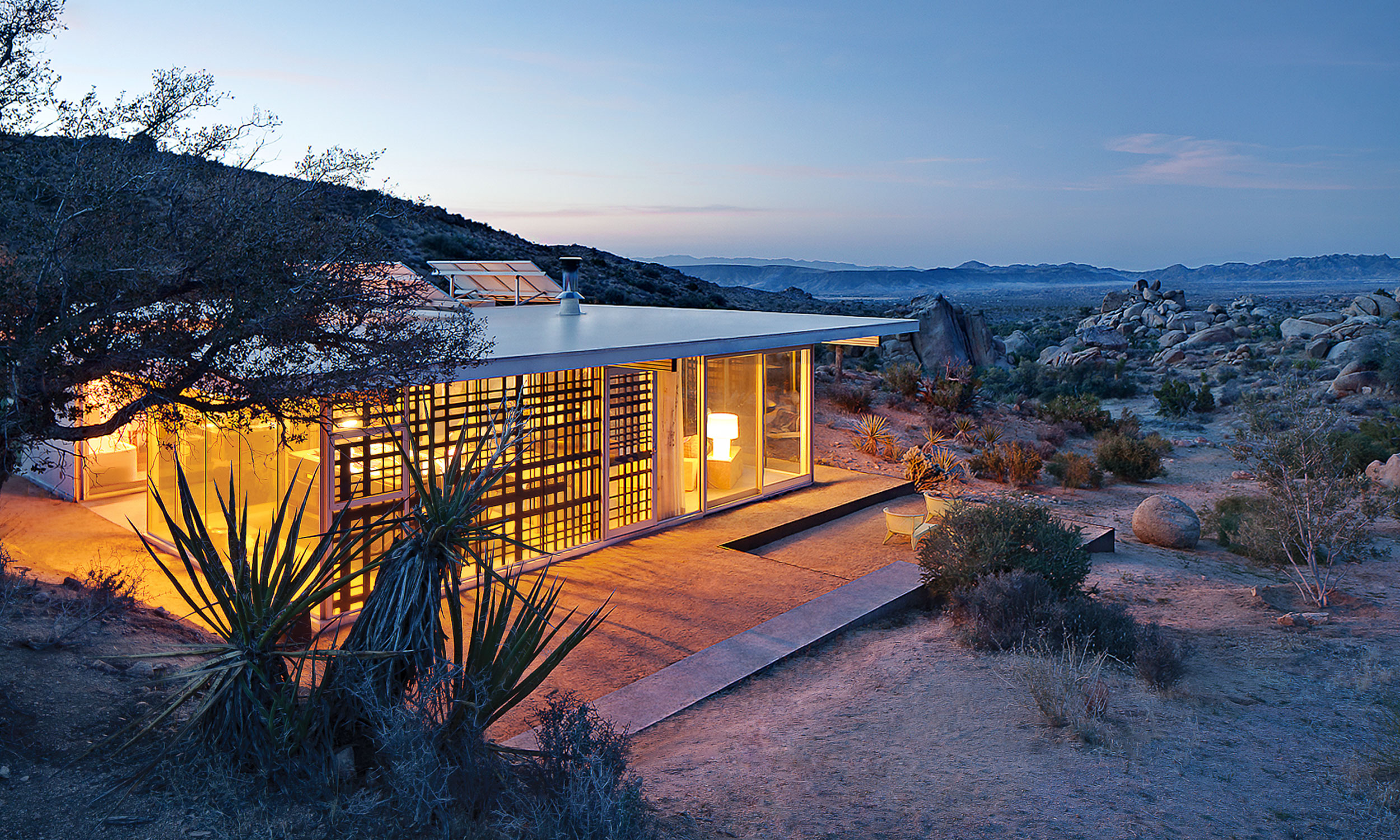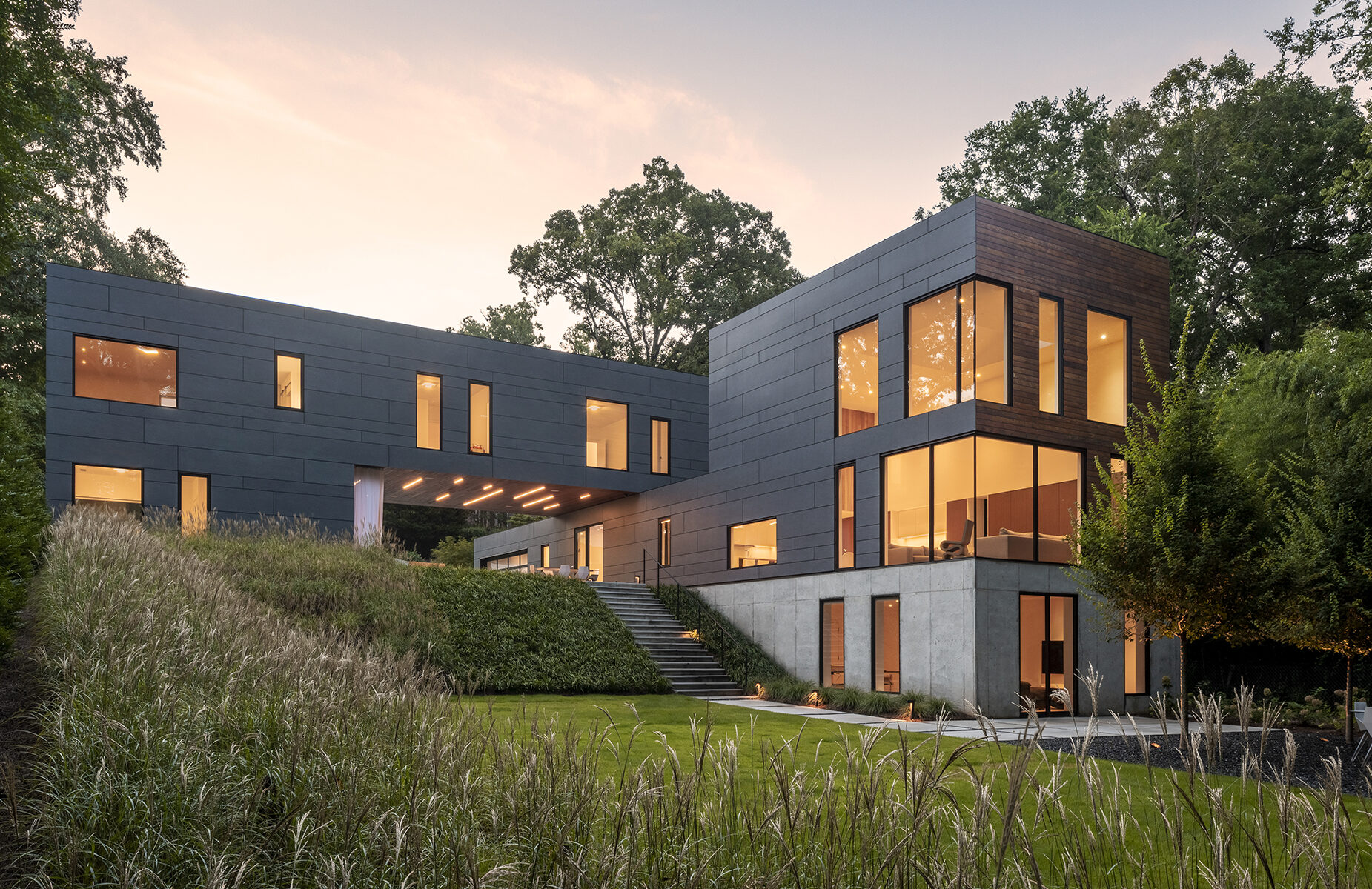Architects: Want to have your project featured? Showcase your work through Architizer and sign up for our inspirational newsletters.
In a world where the traditional reliance on utility grids diminishes and the boundaries of civilization become less defined, off-grid living symbolizes liberation. It’s more than just a technical achievement; it’s a radical departure from the constraints of modern society. Off-grid living offers individuals advocating for a lifestyle independent of traditional utilities the freedom to carve out their existence in the most remote corners of the earth.
This lifestyle is a testament to human ingenuity and a commitment to environmental stewardship. But as off-grid pioneers chart their own course beyond the grid, they encounter myriad challenges, from navigating the intricacies of sustainable living to confronting the regulatory frameworks that govern our world. Yet, it is within these obstacles that the true essence of off-grid living is revealed, a journey of resilience, innovation and untamed freedom.
The Allure of Off-Grid Living
The off-grid living movement is a dynamic force, driven by core principles deeply rooted in sustainability and self-sufficiency. This lifestyle champions the utilization of renewable energy sources like solar and wind power and advocates for the judicious management of water resources through innovative conservation techniques, liberating individuals from the shackles of conventional utility grids. But it doesn’t stop here. It’s also about building with intentionality.
Off-grid enthusiasts understand the importance of sustainable materials, carefully selecting eco-friendly and durable options that leave minimal ecological footprints. By prioritizing longevity and waste reduction in construction, they pave the way for a greener, more resilient future.

Off-grid Island Retreat by Alex Scott Porter Design, Off the coast of Maine | Photo by Eirick Johnson.
When considering a project that encapsulates this notion, none come to mind quite like the Off Grid Island Retreat. This writer’s hideaway on a remote island epitomizes a poetic and holistic approach, celebrating the liberty found in disconnecting from conventional societal norms. Devoid of roads, electricity, or nearby stores, the retreat wholeheartedly embraces the challenge of achieving complete self-sufficiency. Despite facing financial constraints and logistical obstacles, the design remains steadfast in prioritizing both comfort and an unbreakable bond with the natural world.
In line with Henry David Thoreau’s philosophy on civil disobedience and intentional living, the retreat serves as a modern-day interpretation of his ethos. Constructing on the island demanded meticulous planning and resourcefulness, echoing Thoreau’s call to live deliberately and in communion with nature. Every material was carefully selected for its availability and adaptability, ensuring that the retreat seamlessly integrates with its surroundings. From innovative rainwater harvesting systems to harnessing solar energy and implementing wind protection measures, every aspect of the retreat reflects a harmonious relationship with the environment.
Off the Grid, Following Thoreau: Embracing Autonomy and Environmental Harmony

Villa F / The-Off-Grid House in the central highlands of Germany by ChristophHesseArchietcts, Medebach, Germany
Henry David Thoreau’s perspective on civil disobedience, as articulated in his book “Walden or Life in the Woods,” deeply resonates with the ethos of the off-grid movement. In “Walden,” Thoreau chronicles his experiment in simple living, advocating for individual autonomy and self-reliance amidst the solitude of nature. His call to follow one’s conscience, even if it means disobeying unjust laws, mirrors the off-grid movement’s emphasis on personal sovereignty and freedom from societal constraints.
Thoreau’s exploration of living deliberately and simplifying one’s life in “Walden” echoes the off-grid philosophy of minimizing consumption and embracing a more intentional way of living. By retreating to the woods and living in harmony with nature, Thoreau sought to cultivate a deeper connection with the natural world — a sentiment that aligns closely with the principles of the off-grid lifestyle.
Unleashing Innovation: Exploring Off-Grid Architecture’s Design Frontier

Off The Grid ItHouse by Taalman Koch Architecture, Los Angeles, California | Photo by Chad Mellon Photographer.
In the realm of remote living, the allure of independence is undeniable. Off-grid dwellers relish in having the freedom to generate their own energy from renewable sources like the sun, wind, and water, crafting homes that embody their values and harmonize with the environment, thus minimizing ecological impact. No longer constrained by the grid, architects are free to explore innovative, sustainable solutions that blend seamlessly with the natural landscape.
From passive solar designs harnessing the sun’s energy to earth-sheltered homes utilizing the thermal mass of the earth for insulation and climate control, off-grid architecture offers many possibilities. Architects can leverage cutting-edge technologies such as modular construction to create resilient and adaptable structures in remote locations. By embracing the design possibilities of off-grid architecture, not only can architects meet the challenges of remote living, but they can also inspire a new era of sustainable and harmonious built environments, redefining the relationship between human habitation and the natural world.
Between Aspiration and Reality: Challenges of Off-Grid Infrastructure and Regulation

Off Grid Home in Extremadura by ÃBATON, Cáceres, Spain
Beneath this picturesque ideal lies a complex web of obstacles, where infrastructure limitations and regulatory frameworks intersect with the aspirations of off-grid architecture. Off-grid dwellers are compelled to navigate the complexities of sourcing water, managing waste, and accessing essential services, particularly in remote locations. Moreover, traditional energy companies’ monopolies over power generation and distribution often clash with consumers’ values and interests, prompting individuals to seek alternative solutions, especially as the price of batteries and solar panels drops.
Additionally, regulatory frameworks, while aiming to protect the environment, often hinder the freedom of off-grid living. Zoning laws, building codes, and permitting processes create bureaucratic hurdles, constraining architectural innovation and impeding individual autonomy. Achieving a balance between environmental preservation and personal freedom requires collaborative efforts among policymakers, energy companies, architects and off-grid enthusiasts to overcome these barriers and advance sustainable living practices.

Off-Grid Guest House (also pictured at top of page) by ANACAPA, Santa Barbara, California
The off-grid living movement isn’t just a trend, it’s a shift in how we conceive architecture, interact with society, and steward our environment. At its core, it’s a rebellion against the status quo, a catalyst for societal change, challenging our consumerist culture and fostering a deeper connection to community and self-sufficiency. By embracing off-grid principles, individuals can reclaim their autonomy and reduce reliance on centralized systems, thus advancing sustainability and resilience. Moreover, by harnessing renewable energy, conserving water, and prioritizing sustainable materials, off-grid dwellers are not just reducing their carbon footprint, they’re proving that it’s possible to live in harmony with nature, to coexist with our environment rather than exploit it, thereby ushering in a greener and more sustainable future.
Architects: Want to have your project featured? Showcase your work through Architizer and sign up for our inspirational newsletters.








 Off Grid Island Retreat
Off Grid Island Retreat  Off The Grid ItHouse
Off The Grid ItHouse  Off-Grid Guest House
Off-Grid Guest House 


